HANS HOFMANN (1880-1966)
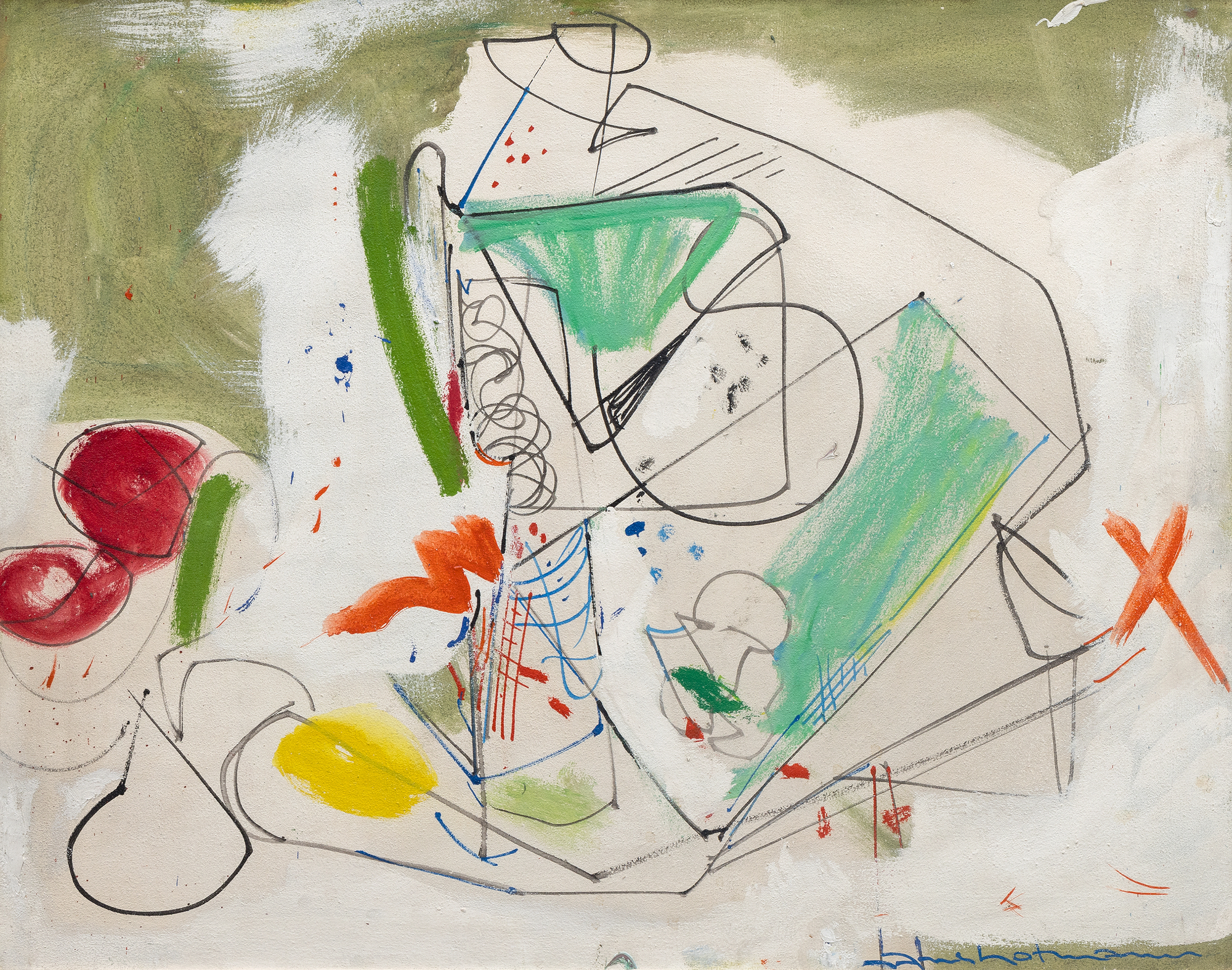
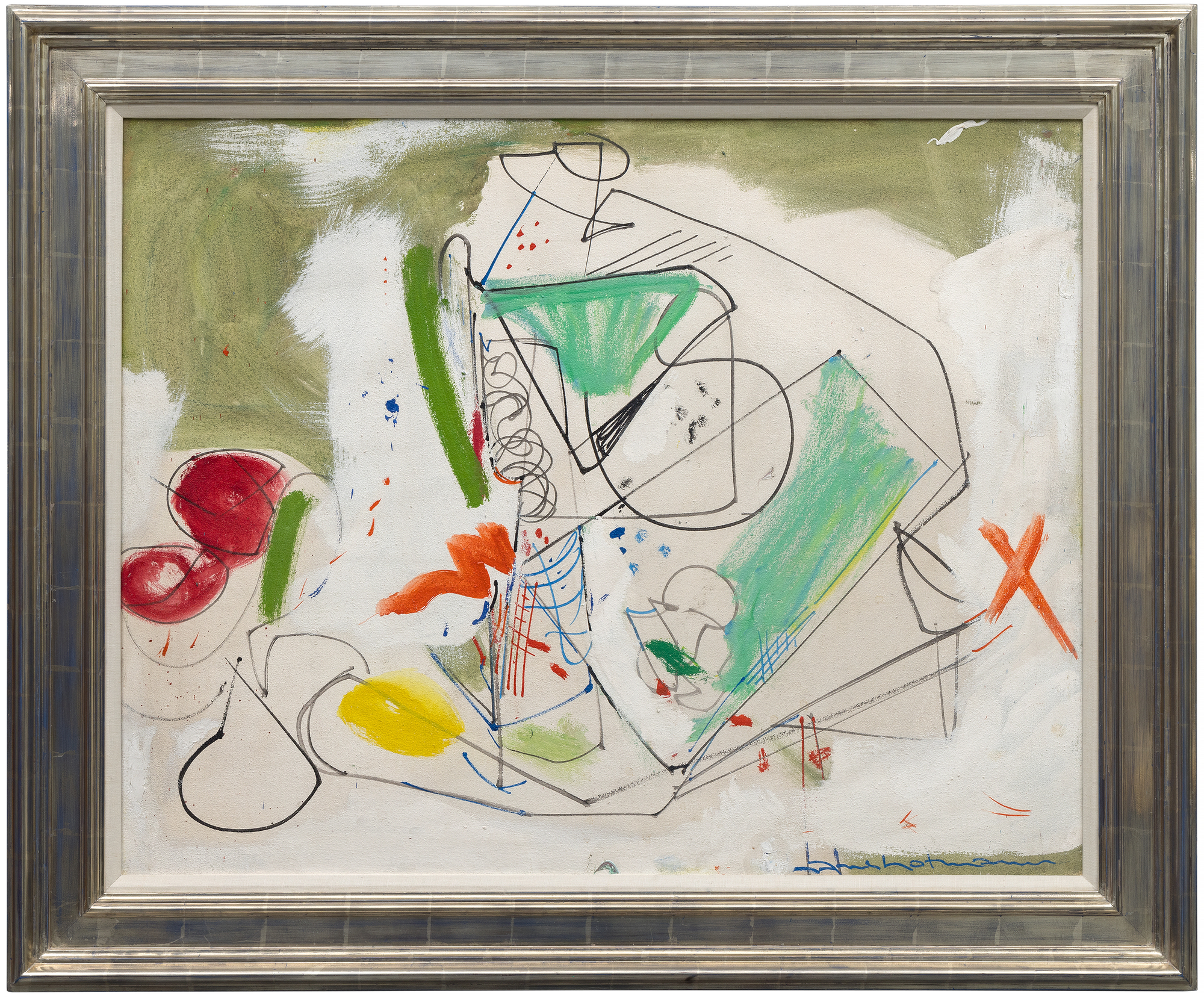
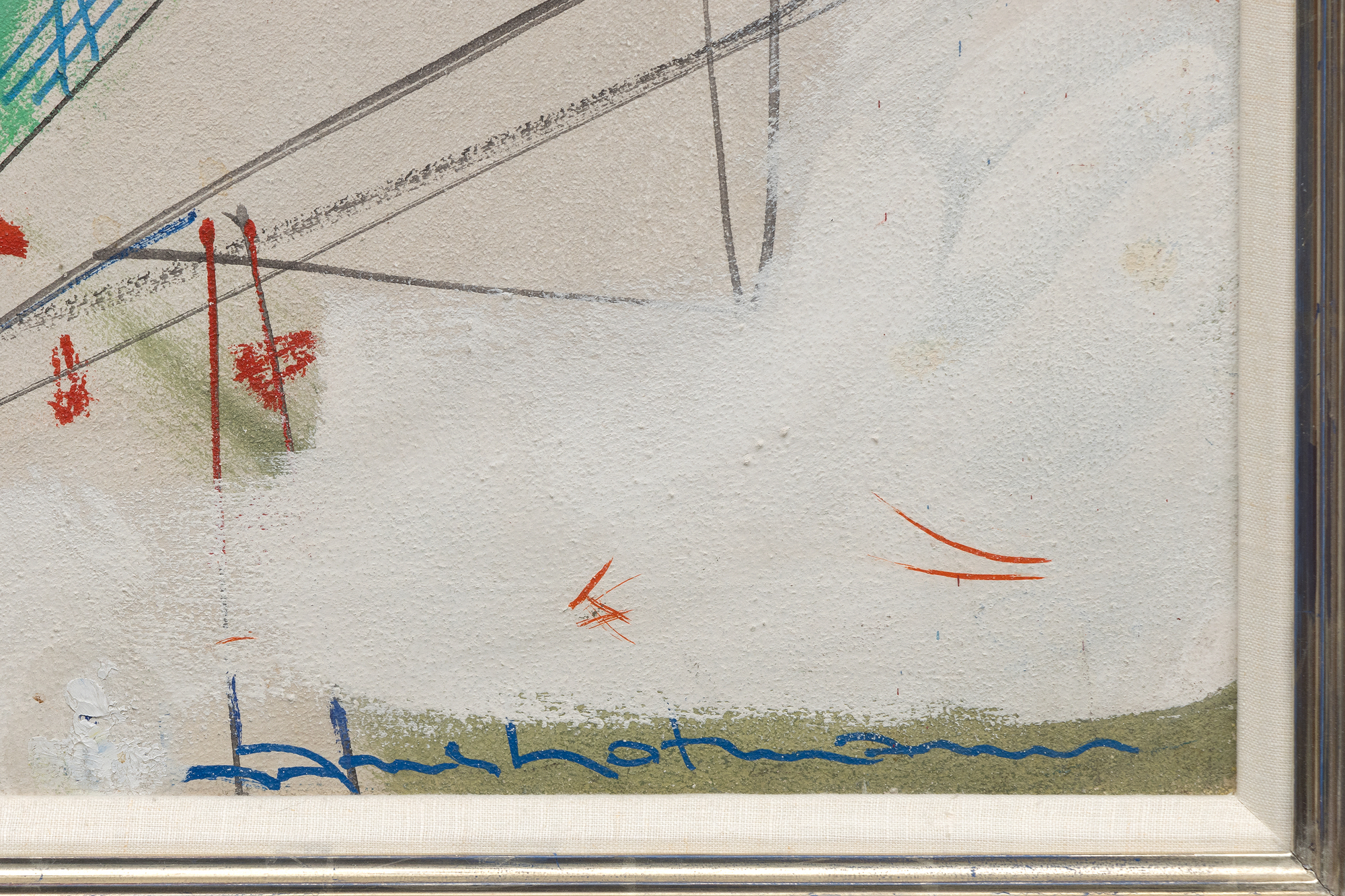

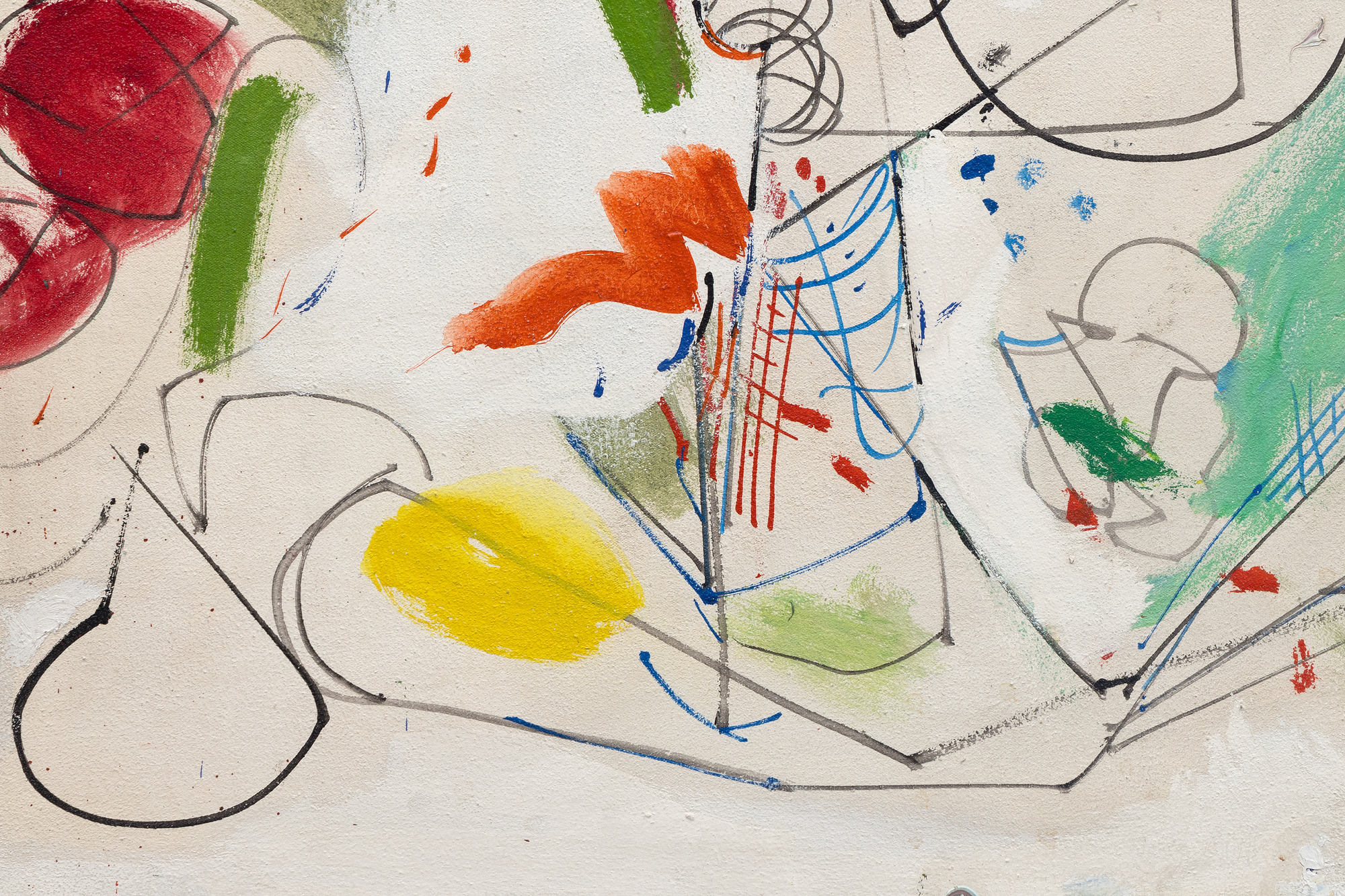

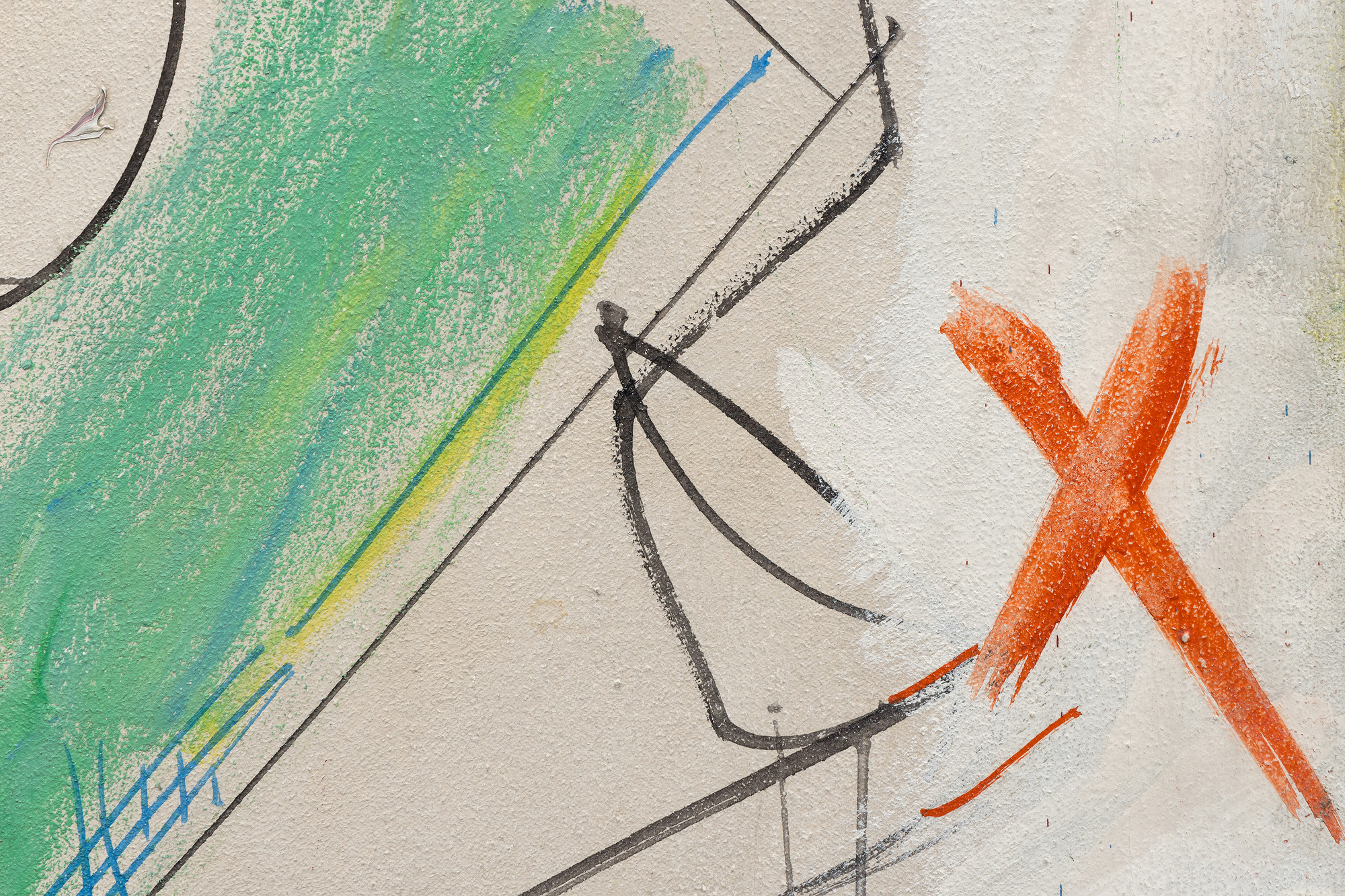
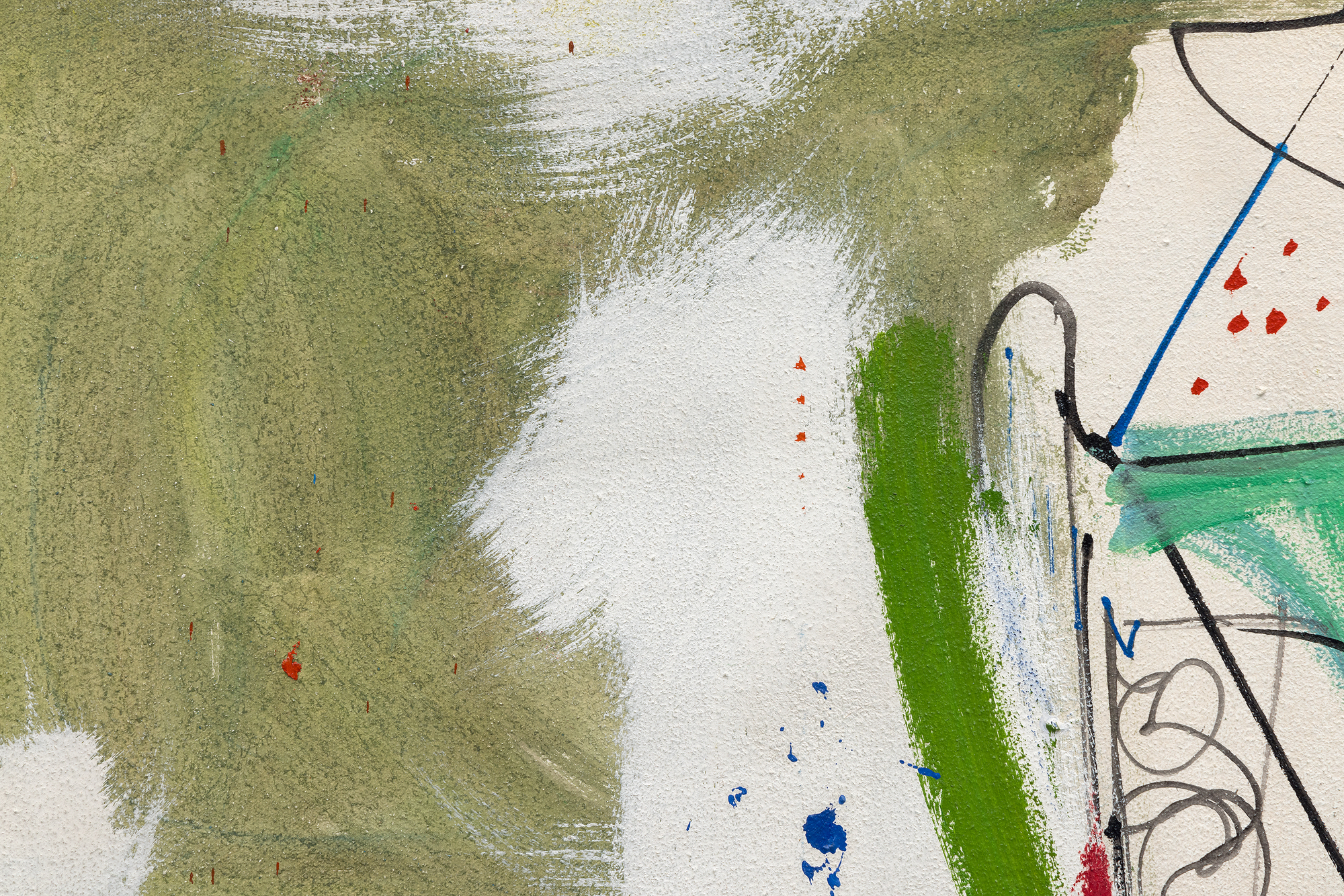
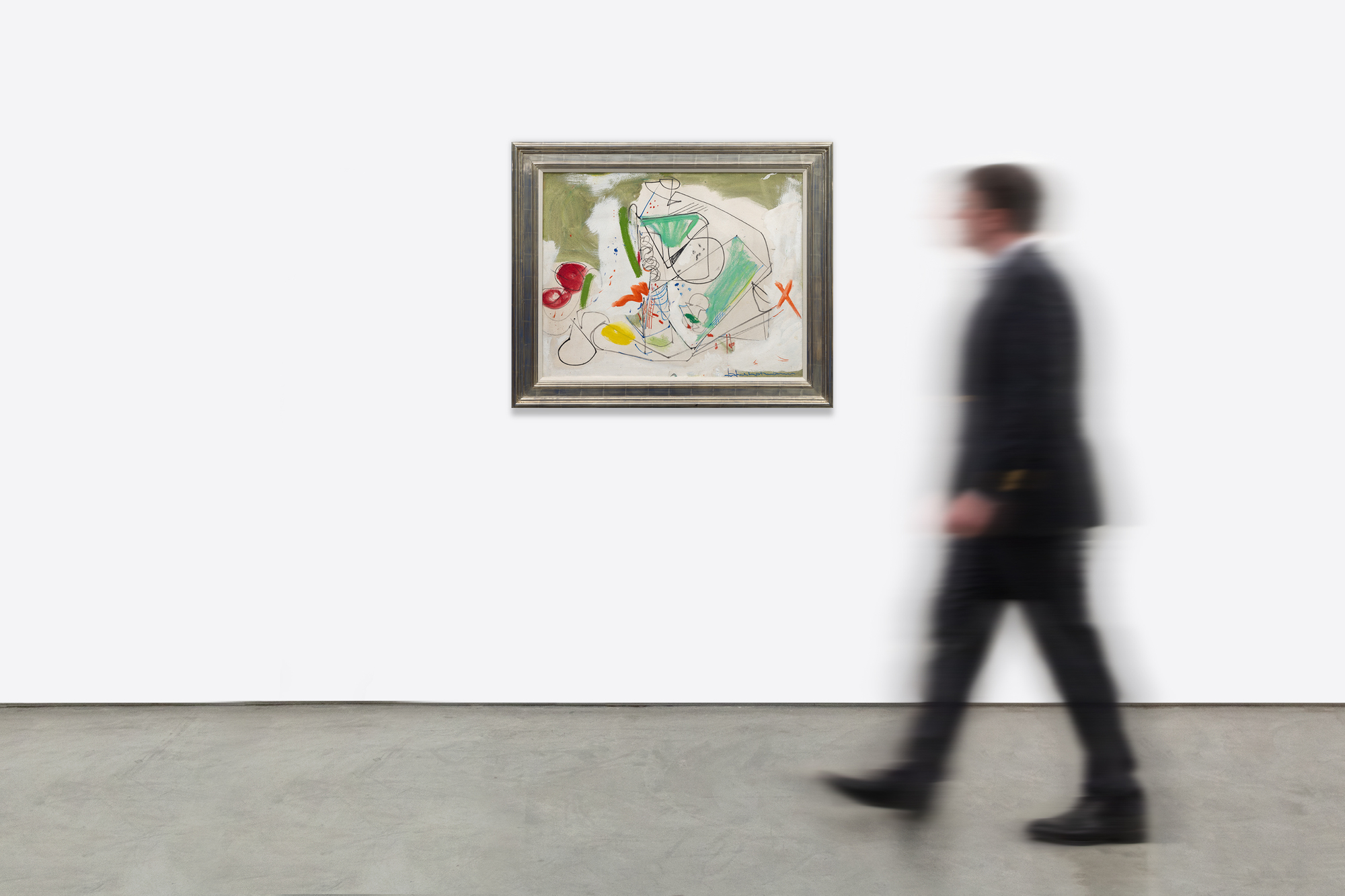
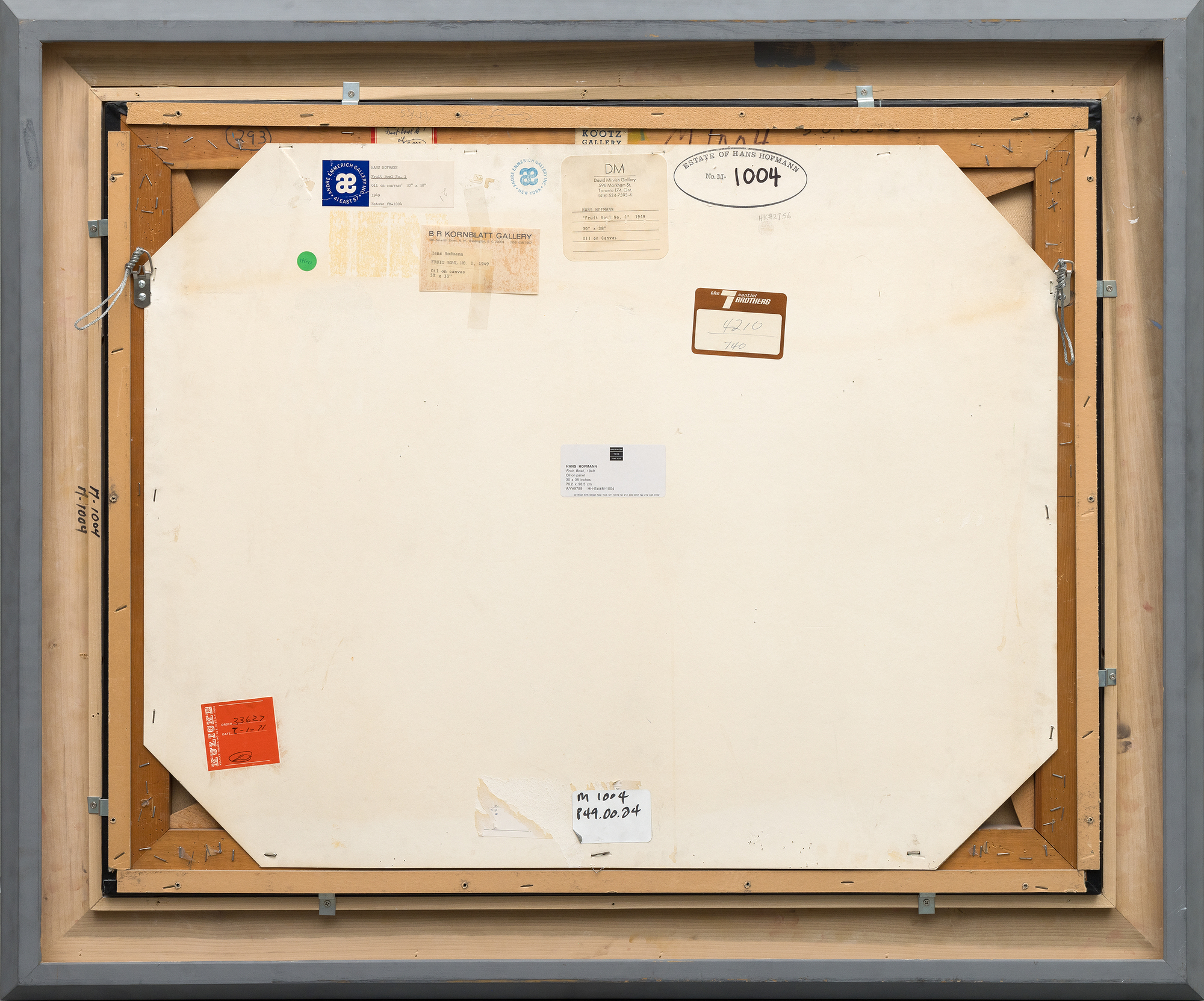
Provenance
Collection of the Artist, New York, New YorkThe Renate, Hans and Maria Hofmann Trust, New York, New York
Ameringer & Yohe Fine Art, New York, New York
Private Collection, New Jersey
Exhibition
New York, New York, Kootz Gallery, Resumé of the 1950–51 Season, June 4-29, 1951Boston, Massachusetts, Harcus Krakow Rosen Sonnabend Gallery, Hans Hofmann Paintings, November 17 - December 22, 1973
Toronto, Canada, Marianne Friedland Gallery, Hans Hofmann: Major Painting and Works on Paper, April 4 - 25, 1981
New York, New Yor...More...k, Ameringer Yohe Fine Art, Hans Hofmann: The Unabashed Unconscious: Reflections on Hofmann and Surrealism, March 30, - April 27, 2006
Literature
Kootz Gallery, Resumé of the 1950–51 Season, New York, 1951, cat. no. 10, as Fruit BowlMarianne Friedland Gallery, Hans Hofmann: Major Painting and Works on Paper, Toronto, 1981
Cynthia Goodman, Hofmann: Abbeville Modern Masters, New York 1986, p. 37
Jed Perl, Hans Hofmann, the Unabashed Unconscious: Reflection on Hofmann and Surrealism, New York, 2006, p. 40 (illustrated in color)
Suzi Villiger, Hans Hofmann: catalogue raisonne of paintings, volume II, Surrey, 2014, HH cat. no. 327-1949, p. 453 (illustrated in color)
...LESS... Price425,000
Fruit Bowl #1 reflects Hofmann's ongoing dialogue with earlier European modernists while pushing toward the freer instincts of American Abstract Expressionism. Often criticized as misaligned with the rising dominance of gestural abstraction, paintings from this period in Hofmann's career remain his own—vibrant, exploratory, and unapologetically personal.


